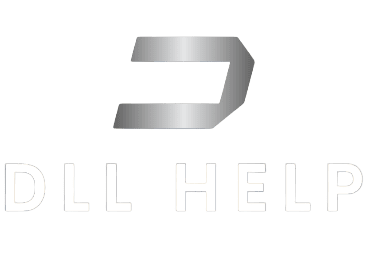1. Core Functionality and Role of ‘php7.dll’
The ‘php7.dll’ is a dynamic link library (DLL) file that plays a critical role in the operation of PHP (Hypertext Preprocessor) software applications. As a core component of PHP version 7.x, this DLL file contains essential functions and resources required for executing PHP scripts within a Windows environment. It serves as a bridge between the PHP engine and the web server, allowing the interpretation and execution of PHP code.
The significance of ‘php7.dll’ lies in its ability to facilitate the dynamic loading of PHP extensions, handle input and output operations, manage memory management, and support the integration of PHP with web servers. Its seamless interaction with the PHP engine is vital for the execution of dynamic web pages, web applications, and other software solutions built using PHP.
2. Core Functionalities and Integration Aspects
‘php7.dll’ encompasses a wide range of core functionalities, including parsing and compiling PHP scripts, managing data types, handling errors and exceptions, and enabling interaction with databases and external libraries. This DLL file integrates with the Windows operating system, providing support for various system architectures and Windows versions.
Compatibility with different system architectures and Windows versions is crucial for ensuring the smooth operation of PHP applications. ‘php7.dll’ is designed to work seamlessly with both 32-bit (x86) and 64-bit (x64) systems, allowing PHP applications to run efficiently on diverse hardware configurations. It is essential to verify the compatibility of ‘php7.dll’ with specific system architectures and Windows versions, such as Windows 7, Windows 10, and Windows 11, to ensure optimal performance and compatibility.
3. Common Issues and Resolutions
Typical issues encountered with ‘php7.dll’ may include “file not found” errors, “missing file” errors, and compatibility issues with 32-bit and 64-bit systems. In a 32-bit Windows environment, ‘php7.dll’ is commonly located in the ‘C:Program Files (x86)PHP’ directory, while in a 64-bit Windows environment, it can be found in the ‘C:Program FilesPHP’ directory. However, the exact location may vary based on the PHP installation options and version.
To address these issues, users can verify the availability of the ‘php7.dll’ file in the correct directory, ensure that the PHP installation is compatible with the system architecture, and consider re-downloading the DLL file from reputable sources. Additionally, checking for compatibility with the specific version of PHP and the Windows environment is essential for resolving compatibility-related issues.
4. Managing ‘php7.dll’ Effectively
Managing ‘php7.dll’ effectively involves prioritizing system compatibility and utilizing reputable sources for file downloads. It is crucial to ensure that ‘php7.dll’ is aligned with the targeted system architecture and Windows version to prevent compatibility issues. Regularly updating PHP installations and related dependencies can also contribute to the effective management of ‘php7.dll.’
This article covers the core functionality, integration aspects, common issues, resolutions, and effective management of the ‘php7.dll’ file in a structured and detailed manner. It aims to provide comprehensive technical insights for a target audience with a strong technical background.
Download php7.dll for free
- Size: 3.23 MB
